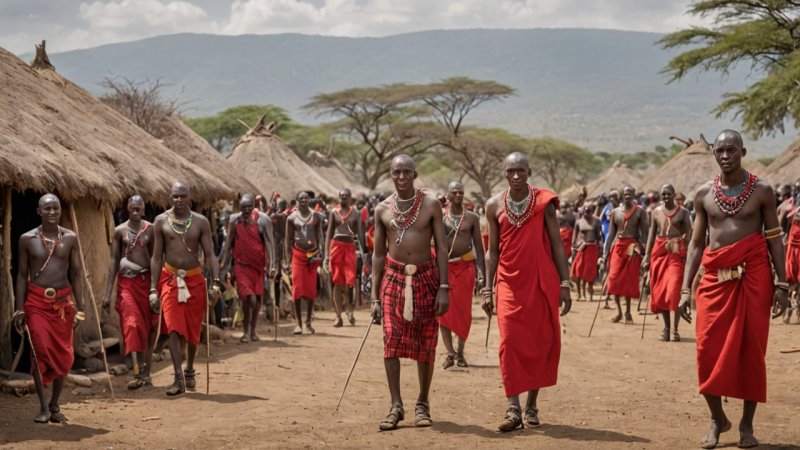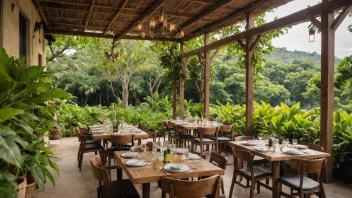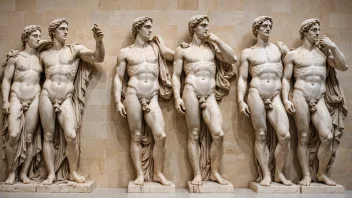The Maasai people, famous for their distinctive customs and dress, represent one of the most iconic cultures in Kenya. As semi-nomadic pastoralists, their way of life offers a unique perspective on the relationship between humans and nature. This article will explore and compare two significant aspects of Maasai culture: their traditional rituals and their contemporary adaptations. By examining both, we can gain a deeper understanding of how the Maasai navigate the challenges of modernity while preserving their identity.
Traditional Rituals
The traditional rituals of the Maasai are rich in symbolism and serve as a vital part of their cultural heritage. These rituals include ceremonies such as the Enkipaata (circumcision ceremony for boys), Emuratta (the age-set ceremony), and the Eunoto (warrior graduation). Each of these rites reinforces social bonds, instills values, and marks significant life transitions.
- Pros: Traditional rituals play a crucial role in maintaining community cohesion and cultural identity. They provide a framework for social organization and the transmission of knowledge from one generation to another.
- Cons: However, these practices can be seen as restrictive, particularly for women and younger generations who may feel pressured to conform to traditional expectations. Additionally, some rituals may be viewed as outdated by outsiders, leading to cultural misunderstandings.
Contemporary Adaptations
In contrast, contemporary adaptations of Maasai culture reflect the influence of globalization and modernization. Many Maasai have embraced new economic opportunities, including tourism and education, which have led to shifts in their lifestyle. For instance, some Maasai now wear Western clothing and have taken on jobs outside traditional pastoralism.
- Pros: Contemporary adaptations allow the Maasai to engage with the global economy, providing them with alternative sources of income. This evolution can enhance their quality of life and offer educational opportunities for younger generations.
- Cons: However, these changes can also lead to the dilution of their cultural practices. The pressure to conform to global norms can result in a loss of traditional knowledge and practices, which may alienate those who wish to maintain their heritage.
Cultural Preservation vs. Modernization
The tension between cultural preservation and modernization is a central theme in the lives of the Maasai. On one hand, traditional rituals serve as a means of preserving their cultural identity. On the other hand, contemporary adaptations provide a pathway to economic viability and social progress.
Traditional Rituals:
- Strengthen community ties and promote shared values.
- Risk alienating younger generations seeking modern lifestyles.
- Help maintain a sense of identity in a rapidly changing world.
Contemporary Adaptations:
- Encourage engagement with broader economic opportunities.
- Can lead to a loss of traditional practices and knowledge.
- Facilitate access to education and modern amenities.
Visitor Engagement with Maasai Culture
- Pros: Engaging with Maasai culture allows travelers to learn about a unique way of life and fosters mutual respect. It can also provide necessary resources for the community through tourism.
- Cons: If not done respectfully, tourism can commodify culture and lead to exploitation. Visitors may unintentionally reinforce stereotypes or disrupt local customs.
Conclusion
The Maasai people of Kenya embody a fascinating intersection of tradition and modernity. Their traditional rituals serve to preserve their identity and foster community cohesion, while contemporary adaptations reflect their resilience and ability to navigate a changing world. As visitors engage with Maasai culture, it is vital to approach with an understanding of these complexities. Ultimately, respecting their traditions while acknowledging their adaptations can lead to a more enriching experience for both the Maasai and travelers alike.






